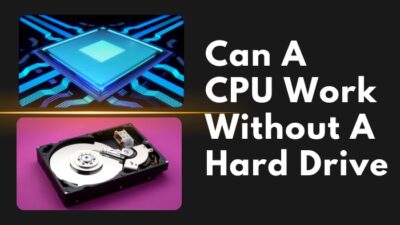The number of pins is the least you care about as a specification while looking up a processor. Or curiosity might have motivated you to find out the exact number of pins.
Whatever it is, it’s not nearly as ludicrous as counting the hairs on your body!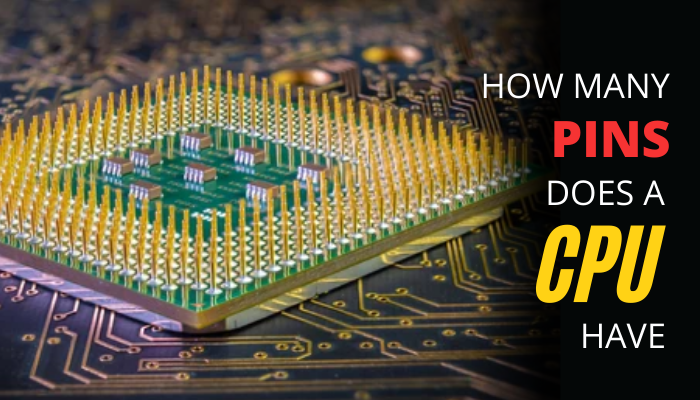
So, without further ado, let’s cut to the chase and unravel the actual amount of pins on a CPU.
How Many Pins Does A CPU Have?
There’s no direct and fixed number that I can utter, which you will discover on every processor available in the market. Pin count on the CPU depends on the type of socket and generation.
See, there are two major types of sockets that have different approaches to arranging the pin on the CPU — LGA and PGA.
PGA: Physical pins are arranged in a grid underneath the CPU. Hence, the name Pin Grid Array.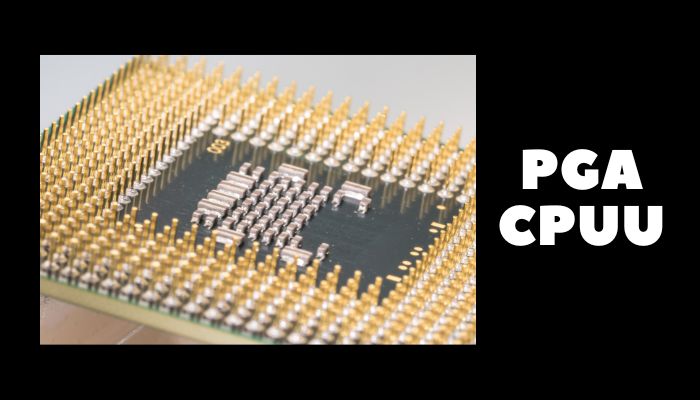
LGA: CPU surface has golden contact points organized in grids rather than pins. These are known as Lands. The actual pins are placed on the motherboard socket itself. For this reason, it is named as Land Grid Array.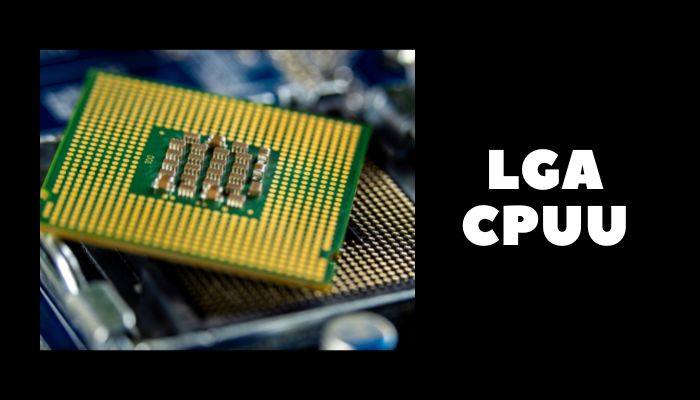 Now, in terms of LGA, as the CPU “Lands” matches motherboard pins, it’s fair to count those contact points as processor pins.
Now, in terms of LGA, as the CPU “Lands” matches motherboard pins, it’s fair to count those contact points as processor pins.
Considering relevant generation, Intel 12th and 13th gen CPUs have 1700 pins. AMD AM4 and AM5 socket CPUs have 1331 and 1718 pins respectively. Not to mention, AM5 includes 7000, and AM4 represents Ryzen 1000, 2000, 3000 & 5000 series processors.
But what about the previous generation CPUs? Well, let’s have a quick look at the pin count with different generation processors.
| Platform | Generation | Socket Name | Pin Count | Socket Type |
|---|---|---|---|---|
| Intel | Intel Core 2nd and 3rd gen | LGA 1155 | 1155 | LGA |
| Intel Core 4th and 5th | LGA 1150 | 1150 | LGA | |
| Intel 6th, 7th, 8th & 9th gen Core CPU | LGA 1151 | 1151 | LGA | |
| Intel Core 10th and 11 | LGA 1200 | 1200 | LGA | |
| Intel Xeon 4th Generation (Sapphire Rapids) | LGA 4677 | 4677 | LGA | |
| AMD | FX Series | AM3+ | 942 | PGA |
| Ryzen 1000, 2000, 3000, 5000 | AM4 | 1331 | PGA | |
| Ryzen 7000 | AM5 | 1718 | LGA | |
| Threadripper 1000, 2000 | TR4 | 4096 | LGA | |
| Threadripper 3000 | sTRX4 | 4096 | LGA | |
| Threadripper Pro 5000WX | sWRX8 | 4096 | LGA |
Now that you have a comprehensive overview on the amount of CPU pin, you might want to figure the number of pins your CPU has. Well, it’s pretty straightforward.
You may use my data table or type the name of your motherboard socket and search on the browser.
CPU Pins: Why Are They Necessary?
When speaking of CPU pins, the first question that springs up is, why are there pins in the first place?
As it turns out, the sticking pins on the bottom of the processor allow it to get electrically connected to the system components via the motherboard and take in information and send it back out, which is also known as data input and output.
So, does that mean all the pins do the same? Why don’t they replace it with a single pin then?
Now, here’s things get interesting.
See, pins have diverse functionalities. Some fetch power to the cores, transfer input and output data, voltage control, communicate with the system memory (DDR) and graphics unit, grounding (Vss), etcetera.
Here’s a quick look at a PINOUT diagram of the core i7 920 CPU.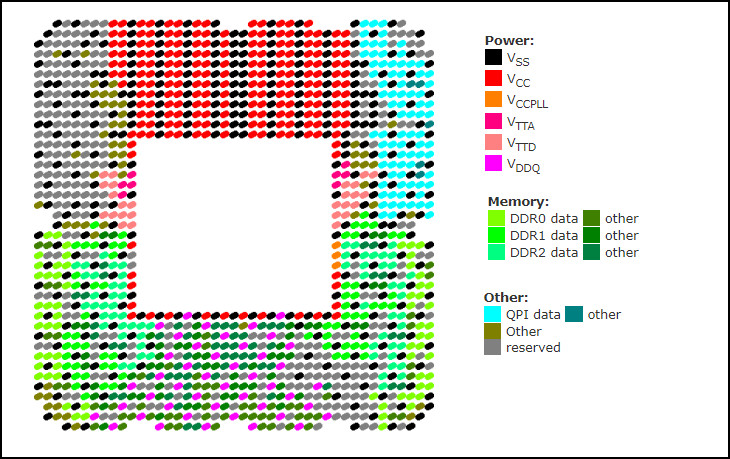
Each colored pin has a specific type of functionality. And that makes the CPU an actual working processing unit.
If you accidentally break any one of them, by the way, it requires a complicated procedure to replace that CPU pin.
On LGA CPUs, however, bent motherboard pins can also be fixed with special attention.
Want to know an interesting fact about CPU pins? Check this excellent write-up on whether CPU pins are made of gold or not.
Pins Bring Performance, Do They?
After making it this far to this article, you’ve probably noticed a pattern. Can you tell? Yes, with each newer generation of CPUs, there happens to appear an ongoing trend of more pins at the bottom.
That means increased pins are bringing more performance to the table, right? Well, it’s complicated.
See, extra pins definitely provide more freedom to the manufacturers to carry out processing, input and output operations efficiently. As a result, the CPU performance eventually increases.
For example, Intel 12th-generation processors flex their muscles ridiculously strong over 11th gen CPUs, and guess what?
The 12th gen sports 500 more pins than its predecessor. You’ll see the same pattern repeating from the 9th to the 10th gen as well.
But it’s not only the number of pins that matters, the core architecture is the one that makes the difference. At best, you can say, there’s a correlation between the pin count and performance.
Then again, I’m sorry to break it to you, but this theory does not hold. Take Intel 3rd and 4th gen core processors as an example. The first one features 1155, and the latter has 1150 pins.
As I’ve mentioned earlier, the core architecture makes all the difference.
With all that being said, a bent CPU pin brings no good to the table.
FAQs
Do All CPUs Have Pins?
No, some CPU packages have pins on them such as AMD Ryzen 1000, 2000, 3000, etc. They are also known as PGA socket processors.
Can A CPU Run Without One Pin?
Yes, sometimes a CPU can run without one pin. Only if that pin is used as a ground or not related to any core functionalities. But that is a highly unlikely situation. Most of the time, a broken pin translate to a dead CPU.
Is It Easy to Damage CPU Pins?
Yes, CPU pins are fragile and can easily be damaged if you handle them carelessly. Though, pins are typically pliant and bend before it comes off all the way.
Ending Remarks
There’s no definitive answer on the number of pins a CPU has. It’s basically how a manufacturer designs its processor that makes all the difference.
Hope this article helped you find the answer. For more queries, comment down below.
Have a nice day!




